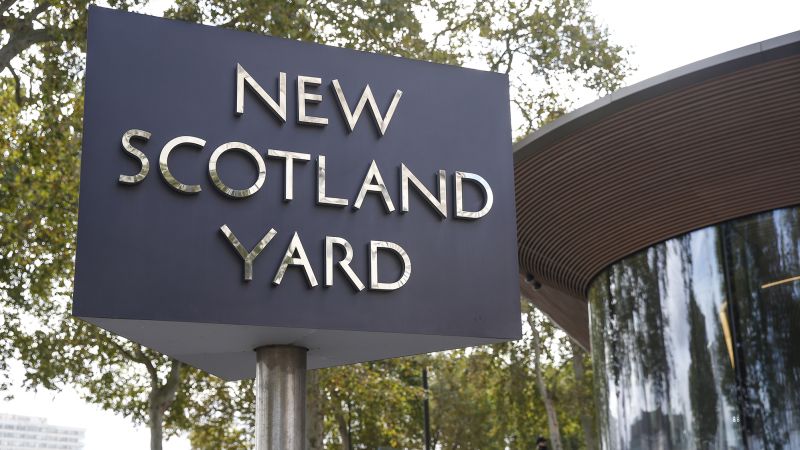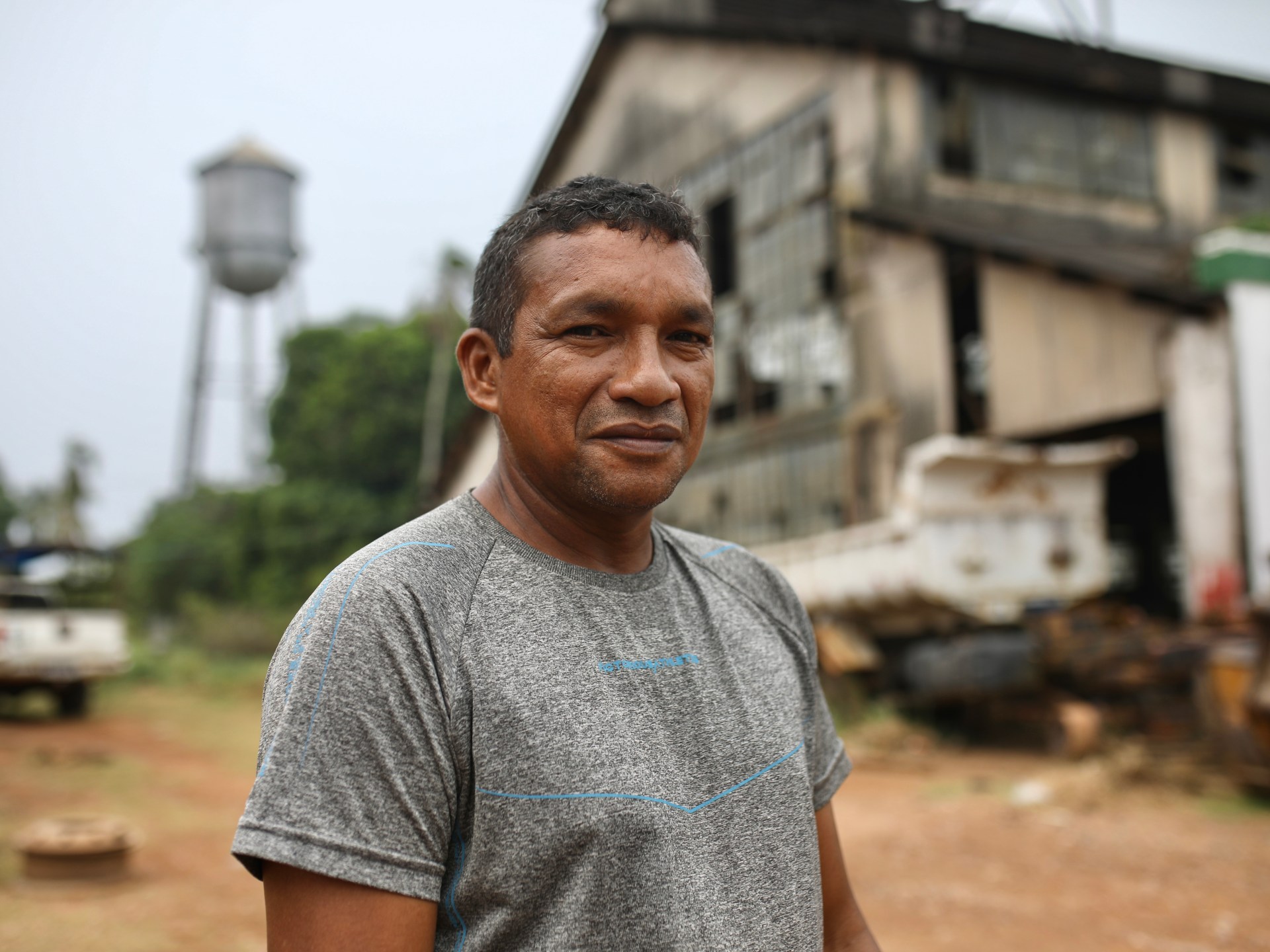What has sparked the latest tensions in Nagorno-Karabakh?
A ceasefire has been in force in the disputed South Caucasus region of Nagorno-Karabakh since 2020. The already fragile agreement was violated earlier this month, with the conflicting parties – Armenia and Azerbaijan – trading blame for the recent deadly clashes.
Since Azerbaijan regained control over much of the region through the 2020 war, Nagorno-Karabakh is connected to Armenia only via the so-called Lachin corridor.
Elmar Mustafayev, head of the political science and philosophy department at Khazar University, told Al Jazeera that Armenia recently attempted to break the terms of the trilateral agreement signed by leaders of Armenia, Azerbaijan and Russia that ended the 44-day war in November 2020.
“An Azerbaijani soldier was killed [earlier this month] as a result of a ceasefire violation by Armenian-backed forces. In response to provocations, Azerbaijan carried out tit-for-tat measures,” he said.
According to Azerbaijan, fire was opened on its military position in the district of Lachin, the very buffer zone between the Armenian border and Nagorno-Karabakh.
A soldier was reportedly killed in the process, prompting a military operation by Azerbaijan dubbed “Revenge”.
“The provisions of the trilateral agreement remain unfulfilled by Armenia,” Mustafayev said.
“The agreement envisaged the deployment of Russian peacekeeping forces in parallel with the withdrawal of Armenia’s forces as well as the disarmament of local illegal armed groups,” he said. “However, over the one year and eight months since the conclusion of the trilateral agreement, Armenia failed to meet the commitments on withdrawal and disarmament.”
He also said that another unfulfilled provision of the Russia-brokered deal is the construction of a new road connecting Armenia with Nagorno-Karabakh.
“The new corridor to replace the Lachin corridor, thus enabling Azerbaijan to take over the control of Lachin city, remains unfinished business. Although Azerbaijan has almost finalised the works on building the alternative corridor, the construction works on the Armenian part have not even started,” Mustafayev said.
“Similarly, Armenia acts in bad faith in providing the Zangezur corridor between Azerbaijan and the Nakhchivan Autonomous Republic, a landlocked exclave of Azerbaijan, in the same fashion Azerbaijan provides the corridor between Armenia and Karabakh,” he said.
Azerbaijan drone strike
However, Nagorno-Karabakh authorities accused Azerbaijan of violating an agreed ceasefire. Two pro-Armenian separatists were killed and 14 others injured in an Azerbaijani drone strike.
Khatchig Mouradian, lecturer in Middle Eastern, South Asian and African studies at Columbia University, told Al Jazeera that, “Yerevan is paralysed by defeat and failure in leadership, while Baku is capitalising on geopolitical tailwinds.
“It’s attacking because it can. In this calculus, it matters little that Armenia has announced it will complete the withdrawal of its forces by September, that it has begun the construction of the alternative road and that it is in no position to trigger Azerbaijan’s ire,” he said.

The Armenian foreign ministry called on the international community to stop Azerbaijan’s “aggressive actions”.
Russia also accused Azerbaijan of breaking the ceasefire. The Russian defence ministry announced “measures to stabilise the situation”.
In the Nagorno-Karabakh conflict, Armenia is supported by Russia while Azerbaijan is backed by Turkey.
“[Russian President Vladimir] Putin served as the godfather of the ceasefire agreement that ended the 40-day war, but Russian peacekeepers seem to be struggling to uphold even a negative peace,” Mouradian said.
“The war on Ukraine is casting a shadow on Nagorno-Karabakh, too. Russia’s announcement on August 3 that Azerbaijan was the side that violated the ceasefire may have been an implicit warning against testing Moscow’s ability to wage war in one place and keep the peace in another,” he said.
EU-brokered peace talks
The latest incidents could complicate the European Union-brokered peace talks that have been continuing between Azerbaijan and Armenia for several months.
Armenia’s Prime Minister Nikol Pashinyan and Azerbaijan’s President Ilham Aliyev met in Brussels in April and May.
On Wednesday, the EU called on both sides to stop fighting immediately and return to the negotiating table.
However, the chances of a peace treaty between the two sides remain rather slim, unless the status quo changes.
“President Aliyev and his Armenian counterpart Prime Minister Pashinyan in their meeting brokered by European Council President Charles Michel, have agreed to set up a bilateral border demarcation commission and work on a peace agreement,” Mustafayev said.
“The agreement came after the proposal of Azerbaijan based on five main conditions made earlier in March. But facing strong pressure from opposition parties and the diaspora against reconciliation, Armenian officials issue contradictory statements on peace with Azerbaijan,” he added.
“Therefore, for the time being, it is not clear how long it will take to see the peace treaty between Armenia and Azerbaijan.”
US ‘deeply concerned’
Meanwhile, the United States was also “deeply concerned” about the new escalation in the Nagorno-Karabakh conflict. State Department spokesman Ned Price urged “immediate steps” to ease tensions.
Currently, the chances of yet another war seem more plausible than a peace treaty, according to Mouradian.
“The likelihood of renewed war in Nagorno-Karabakh is high, and Russia seems to be the only actor capable of preventing it. While it is true that the United States and Europe are invested in the region’s stability, there is little that over-the-horizon peacekeeping can deliver,” he said.
The conflict itself is more than 30 years old. With the collapse of the Soviet Union in 1991, a dispute broke out over Nagorno-Karabakh, which unilaterally declared its independence.
With the declaration of independence of Armenia and Azerbaijan, both states claimed the approximately 12,000 square kilometres (4,633 square miles) of area for themselves.
However, according to international law, the area inhabited mainly by Armenians belongs to Azerbaijan.
In 1992, war broke out over the area, killing about 30,000 people and displacing hundreds of thousands over the next two years. The war ended in 1994 – provisionally with a victory for Armenia.
In 2020, Azerbaijan recaptured large areas of the region. At least 6,500 people died in the fighting, which lasted about six weeks.
Heavy fighting ended with the signing of a ceasefire in November 2020, controlled by Russia, but broken repeatedly since it was signed.



